Yakshagana – Karnataka’s Rich Cultural Art Form
Yakshagana is a traditional form of folk theatre that originated in Karnataka, India. It combines dance, music, dialogue, costume, and stage techniques in a unique and dramatic style.
📜 History and Origin
The earliest references to Yakshagana date back to the 11th century. It emerged as a devotional and narrative art linked to the Bhakti movement and temple rituals.
🎭 Major Styles of Yakshagana
- Badagutittu – From Udupi and Uttara Kannada, focusing on dance and tight choreography.
- Thenkutittu – Found in Dakshina Kannada and Kerala border areas, known for expressive facial makeup and vibrant steps.
🎶 Music and Instruments
Yakshagana performances include live music using instruments such as:
- Maddale – Hand drum
- Chande – Cylindrical drum
- Harmonium
- Taala – Cymbals
👘 Costumes and Makeup
Colorful costumes, dramatic makeup, and large headgear (Kirita) make Yakshagana visually striking, especially in mythological roles.
🕺 Performance Style
A typical performance starts at night and includes two main parts:
- Himmela – Music and background singers
- Mummela – Actors who perform the story through dialogue and dance
🌟 Legendary Artists
- Chittani Ramachandra Hegde
- Keremane Shivarama Hegde
- Kumble Sundar Rao


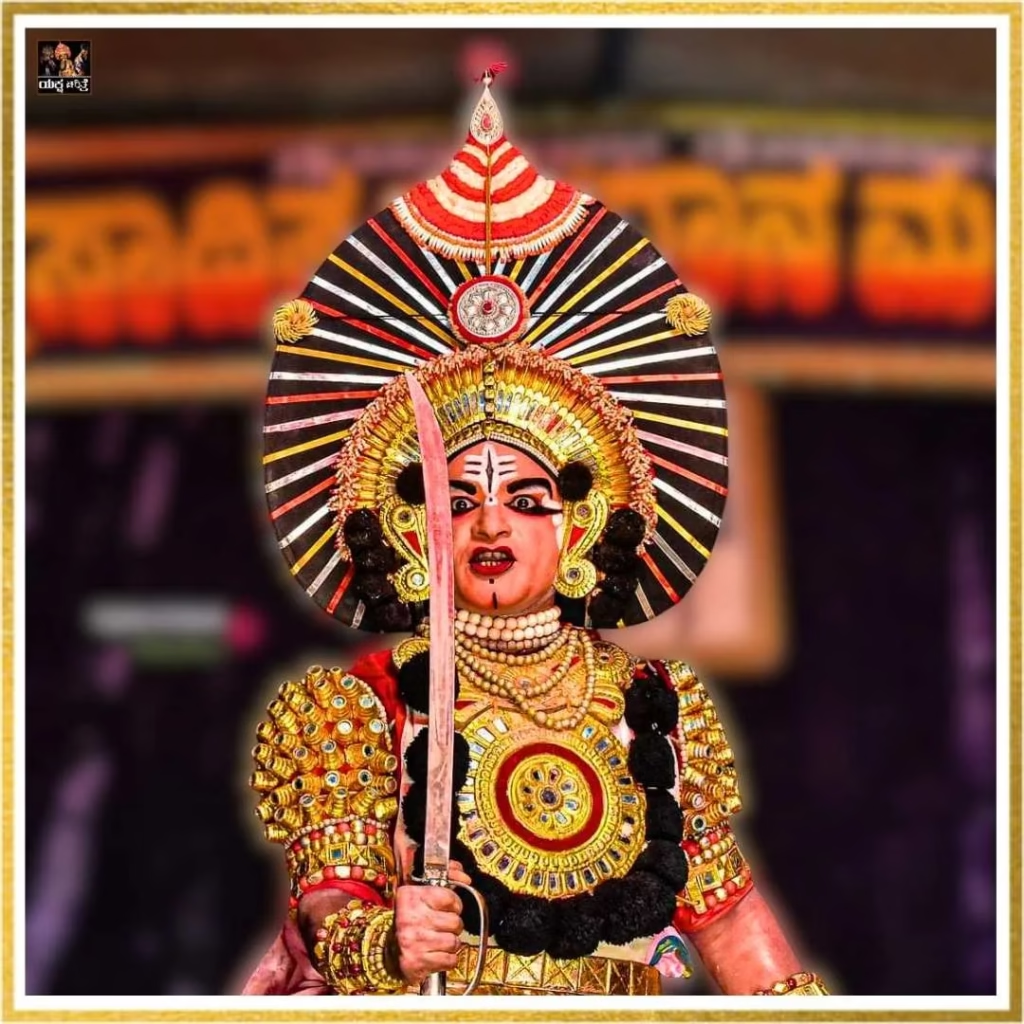



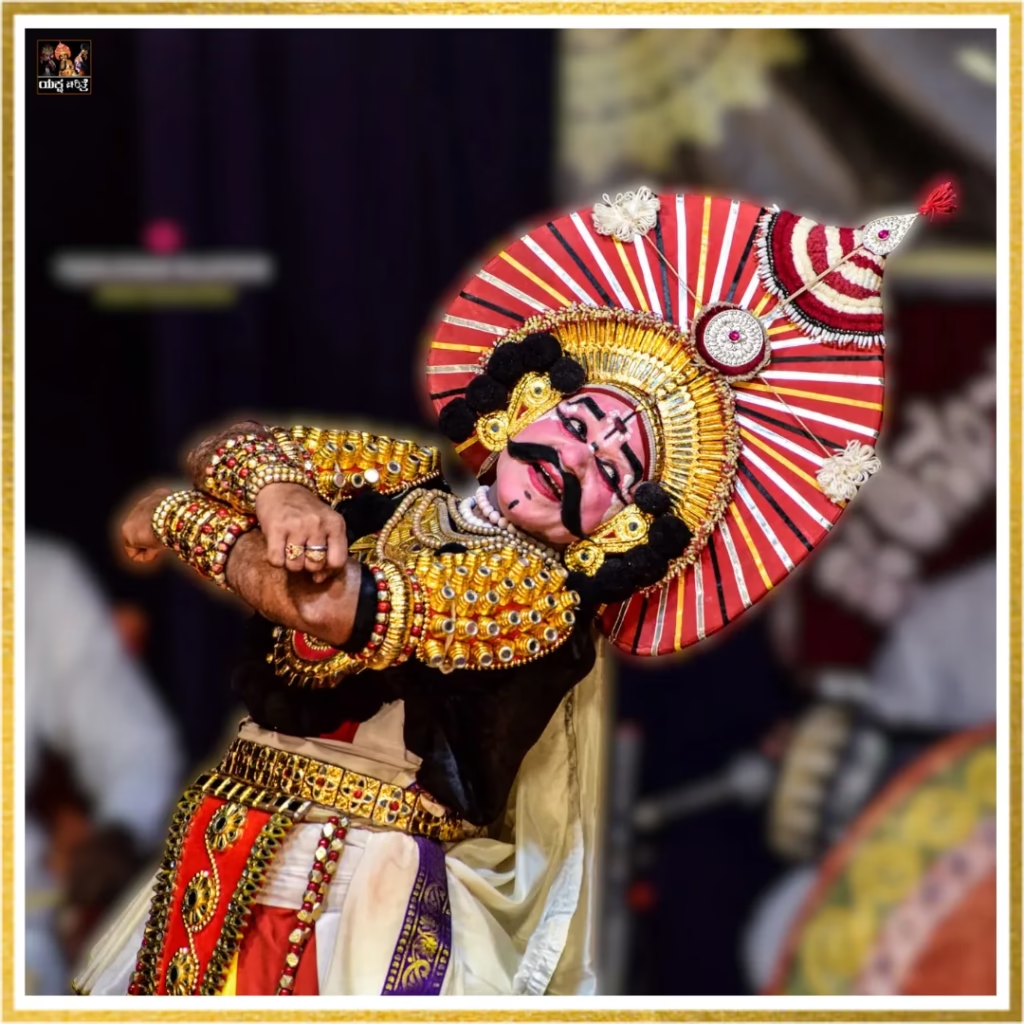
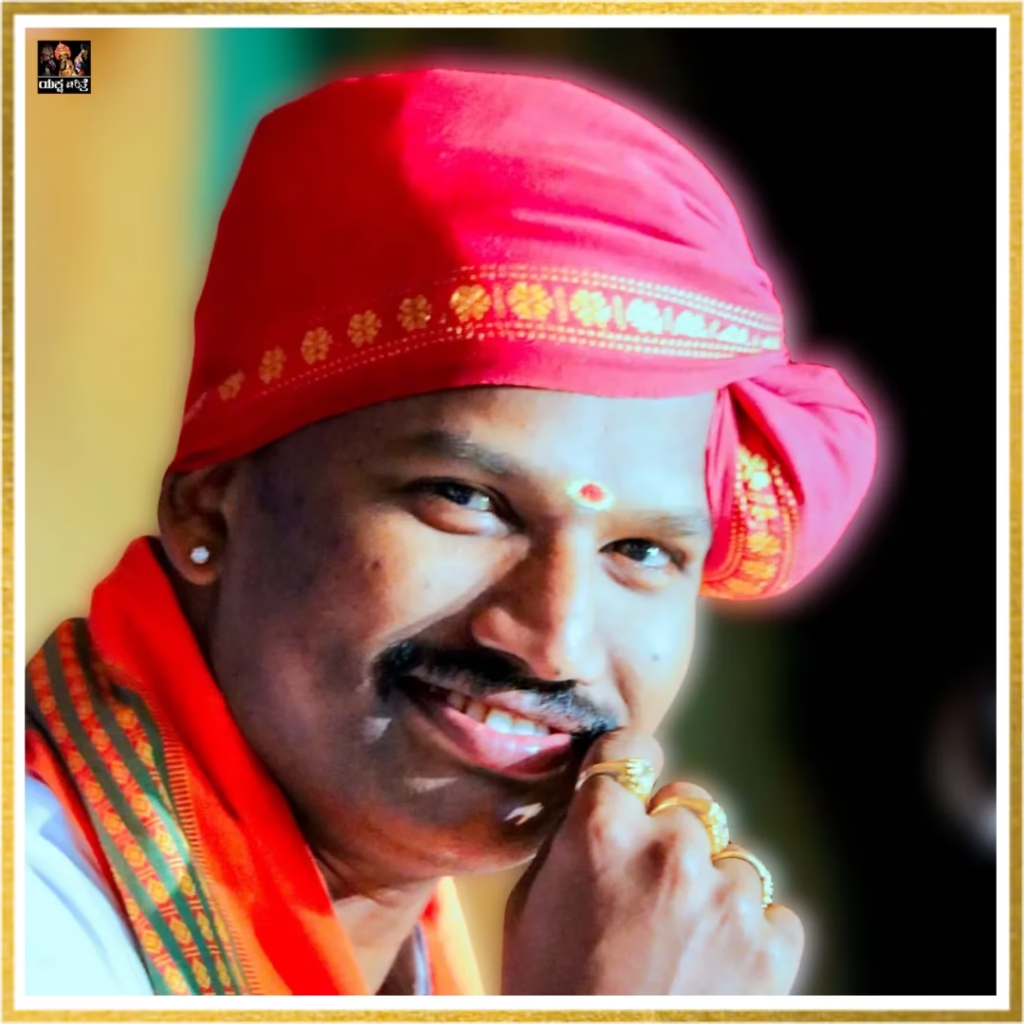
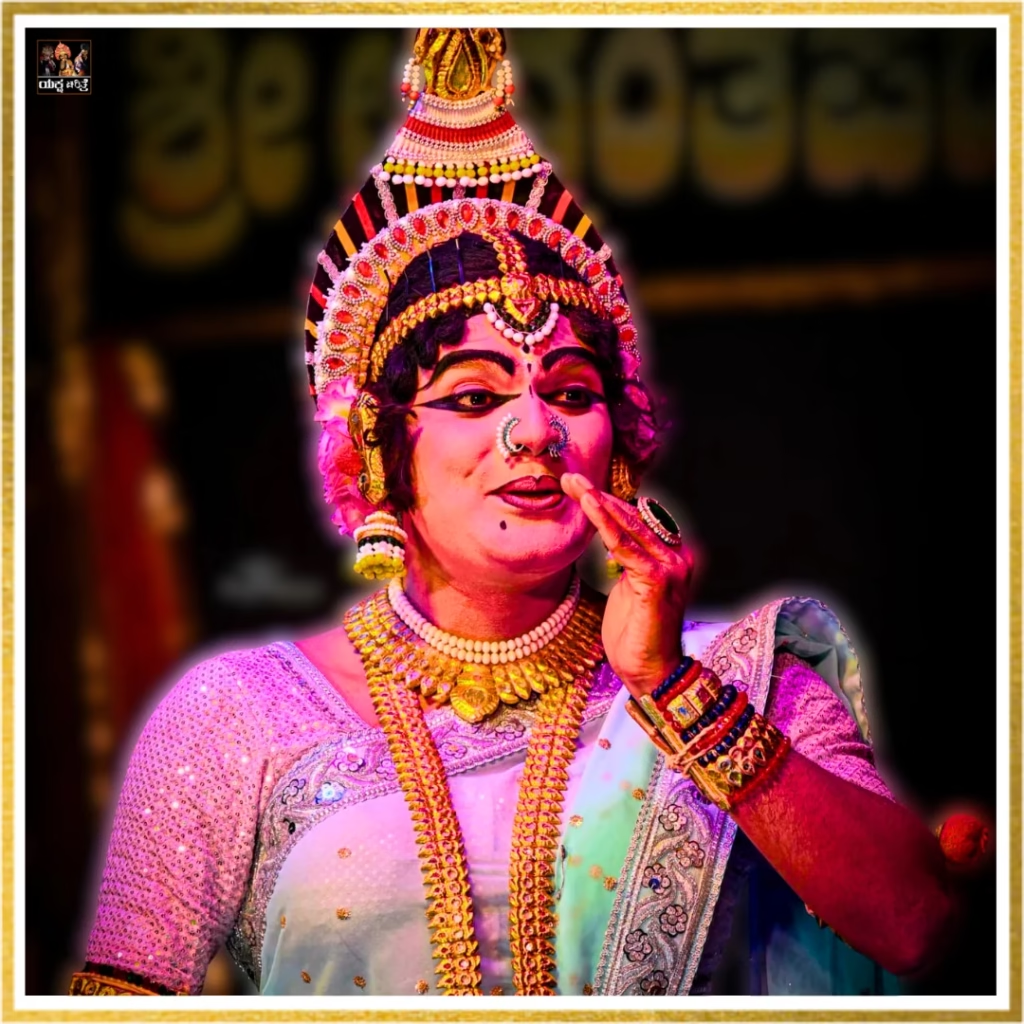
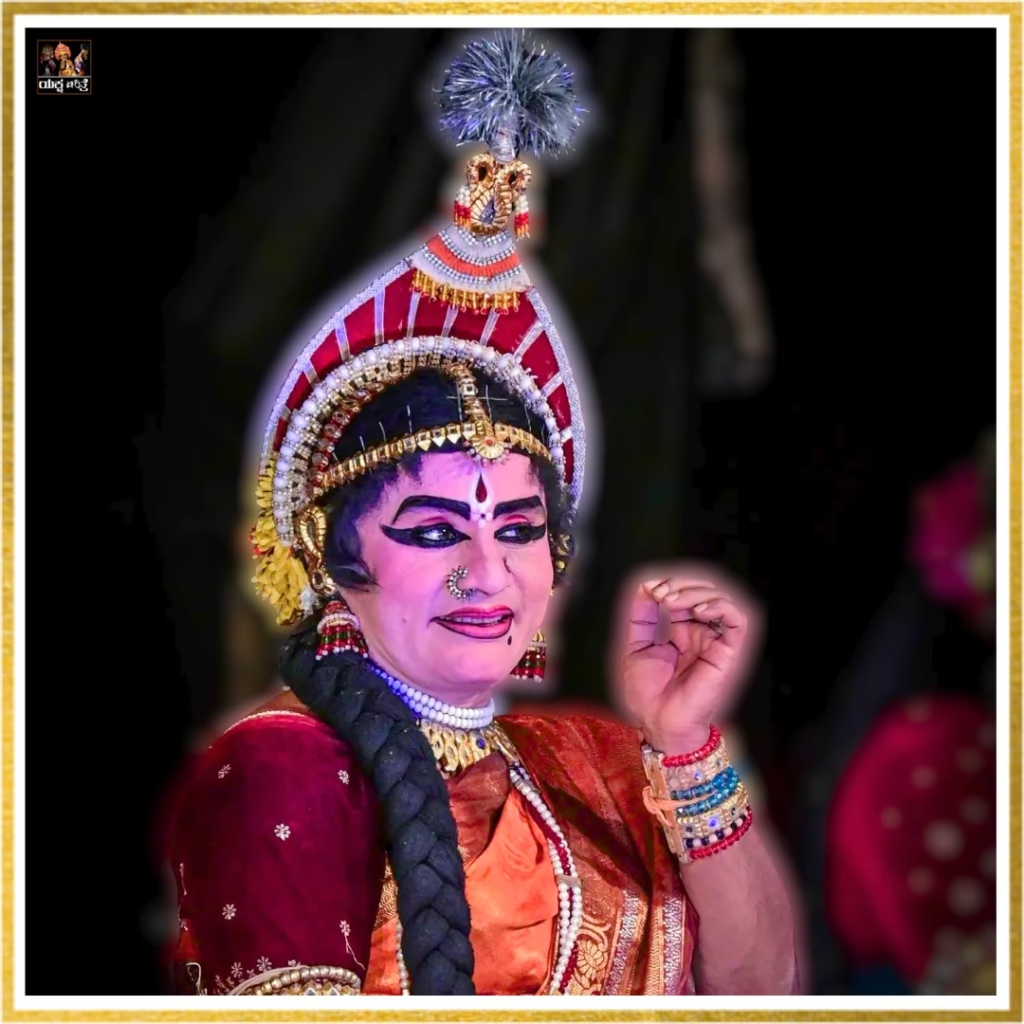
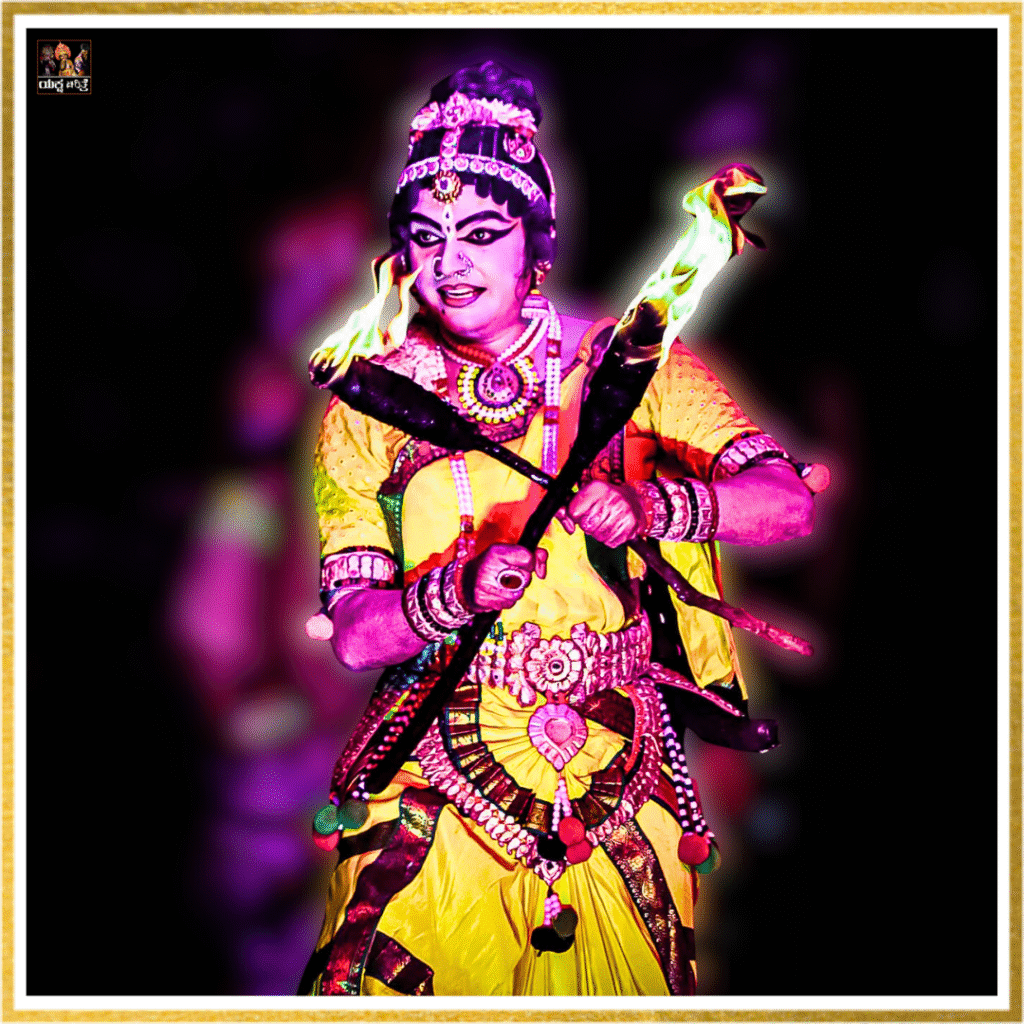
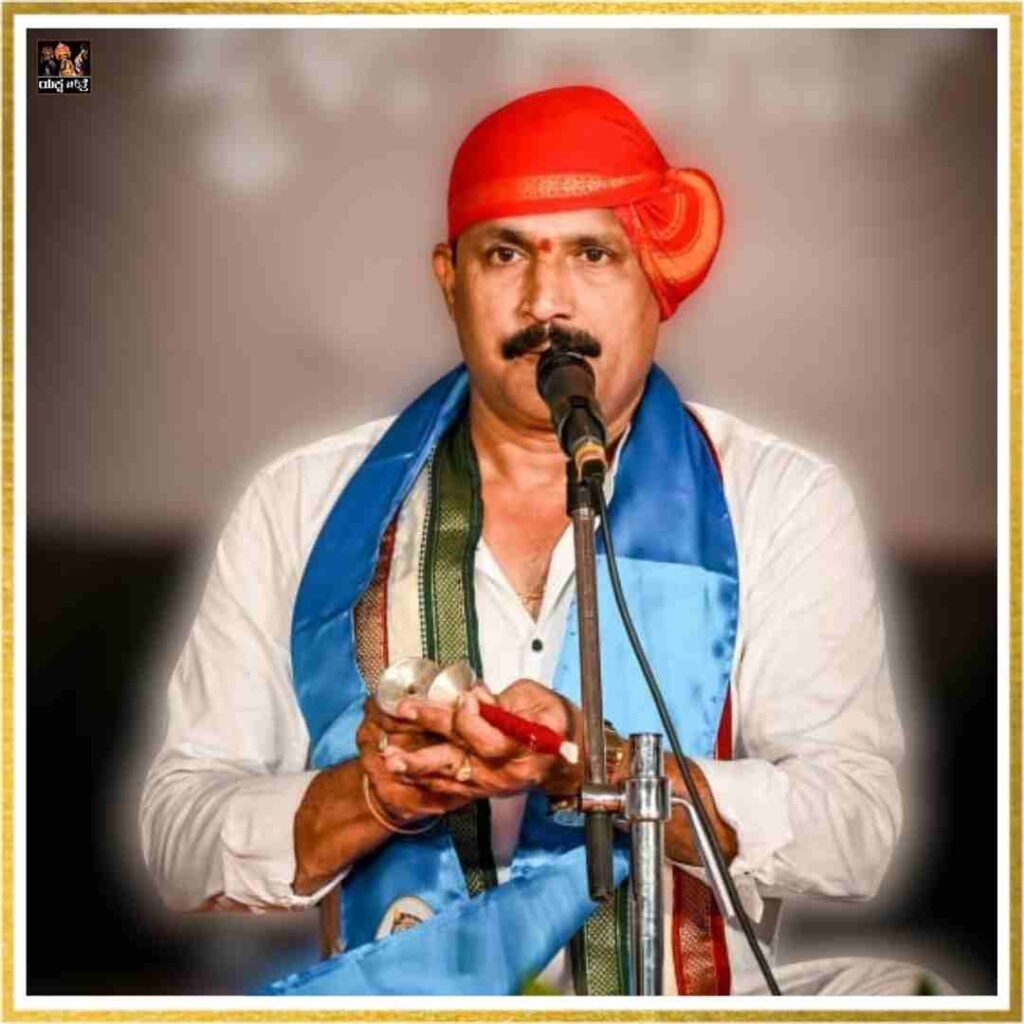
Learn more about Yakshagana artist Rajesh Bhandari.
Read the full Yakshagana history in Kannada.
